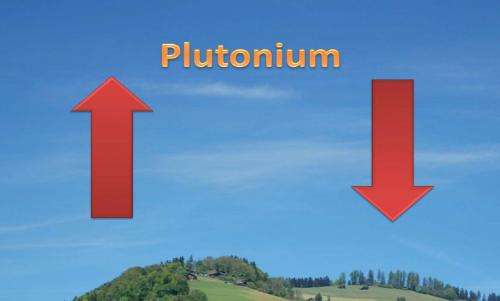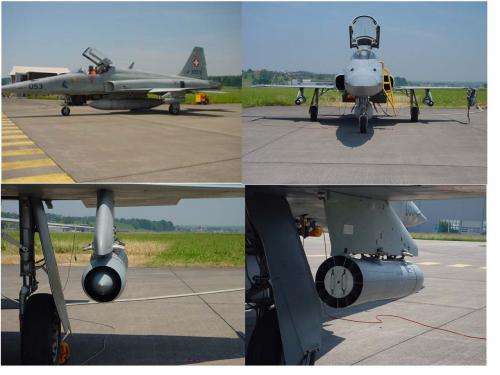N-test legacy in stratosphere bigger than thought

Levels of radioactive plutonium in Earth's stratosphere from nuclear tests and accidents is higher than previously thought, but probably not dangerous to humans, scientists in Switzerland said Tuesday.
It was previously thought that plutonium radionuclides—radioactive atoms which can take decades or thousands of years to degrade—were present in the stratosphere only at negligible levels.
It was also believed that levels of these pollutants were higher in the troposphere, the layer of the atmosphere that is closest to the ground, than in the stratosphere.
Both ideas turn out to be wrong, according to the new study, whose authors also found no likelihood of a hazard to health.
Radiation levels in the stratosphere are "more than three orders of magnitude higher than previously thought," study co-author Jose Corcho of the Swiss Federal Office for Civil Protection told AFP.
The team also found that volcanic eruptions may shift those pollutants from the stratosphere into the troposphere, closer to Earth.
But Corcho said there was no evidence of danger.
"The levels of plutonium and (caesium) currently found in the stratosphere are low, and comparable to the levels measured at ground level air (troposphere) at the end of the sixties and in the seventies," he explained by email.

"Although I'm not a health specialist, I would say that the current levels of plutonium found in the stratosphere do not represent a risk for the population."
The study, published in the journal Nature Communication, said the radioactive particles in the stratosphere mainly came from above-ground nuclear weapons tests in the 1950s and early 1960s.
Other sources were the burn-up of an ill-fated US navigation satellite in 1964 that spilled its plutonium fuel into the atmosphere, and nuclear power plant accidents like Chernobyl and Fukushima.
The team used aerosol samples taken by Swiss military aircraft since the 1970s as part of the country's environmental surveillance programme.
More information: Paper: dx.doi.org/10.1038/ncomms4030
© 2014 AFP



















